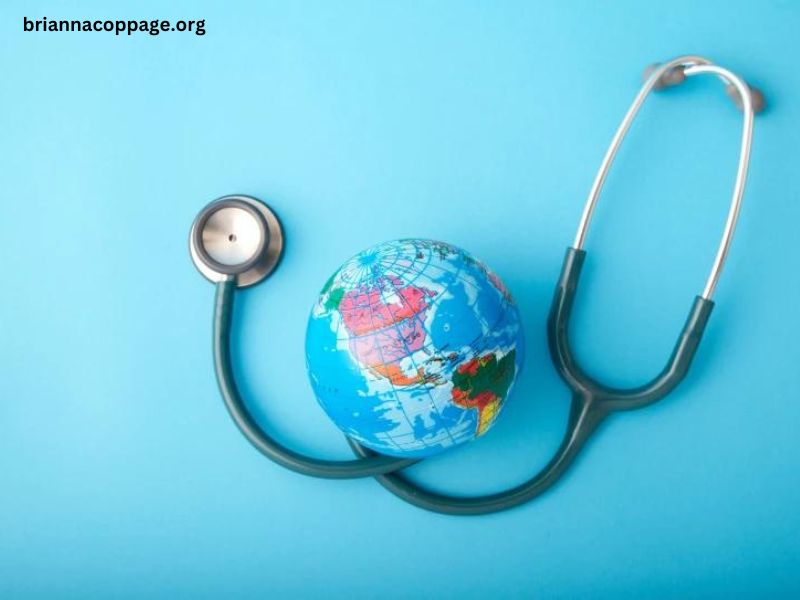The concept of free healthcare has gained prominence as societies strive to ensure that all individuals have access to medical services regardless of their financial status. The idea is rooted in the belief that health is a fundamental human right. As such, various countries have adopted different models of healthcare financing, leading to diverse systems of free or nearly free healthcare. This article will explore the countries that provide free healthcare, the models they use, and the implications of these systems for citizens and healthcare outcomes.
The Concept of Free Healthcare
Before delving into specific countries, it’s essential to clarify what “free healthcare” means. In most contexts, it refers to healthcare services that are either completely free at the point of use or financed through taxation and social insurance programs, where individuals do not have to pay directly for medical services.
Models of Free Healthcare
- Single-Payer Systems: In these systems, a single public agency handles healthcare financing, but care can be provided by both public and private entities. This model simplifies administration and can reduce costs.
- Publicly Funded Systems: In this model, the government funds healthcare services through taxation, providing care to all citizens regardless of their income level.
- Mixed Systems: Some countries employ a combination of public and private funding, where basic services are guaranteed by the state, but individuals can choose to purchase additional private insurance.
Benefits of Free Healthcare
Countries with free healthcare often report several advantages, including:
- Universal Access: All citizens can receive necessary medical care without financial burden.
- Preventive Care: Increased access leads to higher rates of preventive services, which can reduce long-term healthcare costs.
- Health Equity: Free healthcare can diminish health disparities among different socio-economic groups.
- Economic Productivity: A healthier population is generally more productive, benefiting the economy as a whole.
Challenges of Free Healthcare
Despite its benefits, free healthcare systems face challenges:
- Funding: Sustaining a robust healthcare system can strain public finances, particularly in times of economic downturn.
- Wait Times: In some countries, increased demand can lead to longer wait times for treatment.
- Resource Allocation: Ensuring an equitable distribution of resources across urban and rural areas can be difficult.
Countries with Free Healthcare
1. United Kingdom
The National Health Service (NHS) provides healthcare to residents of the UK. Funded through general taxation, the NHS covers a broad range of services, including hospital care, general practitioner visits, and mental health services. While there are some out-of-pocket costs for prescriptions and dental care, the core services remain free at the point of use.
2. Canada
Canada’s healthcare system, known as Medicare, operates under a publicly funded model. Each province and territory administers its healthcare services, but all Canadians have access to medically necessary hospital and physician services without direct charges. The funding primarily comes from general taxation, but wait times for certain procedures can be a concern.
3. France
France offers a unique healthcare system that combines public and private funding. The state provides a substantial portion of healthcare costs, with citizens contributing through social security contributions. Most services are free or heavily subsidized, and many French residents also purchase supplementary private insurance to cover additional costs.
4. Germany
Germany operates a system of statutory health insurance (Gesetzliche Krankenversicherung), which is financed through mandatory contributions from employers and employees. While individuals have the freedom to choose their providers, the system ensures that all residents have access to a comprehensive range of services, including hospital care and prescription drugs.
5. Sweden
Sweden’s healthcare system is publicly funded and primarily delivered through county councils. Healthcare services, including hospital care, preventive services, and primary care, are available to all residents with minimal out-of-pocket expenses. The funding comes from taxation, and while some fees exist, they are capped to ensure affordability.
6. Norway
Norway’s National Insurance Scheme provides universal coverage for all residents. Funded through taxes, the system covers a wide array of services, including specialist consultations and hospital stays. While some services may require co-payments, most essential healthcare is free at the point of use.
7. Denmark
Denmark boasts a comprehensive public healthcare system funded by taxes. Citizens have access to general practitioners, hospitals, and specialist services without direct charges. The country emphasizes preventive care, resulting in high health outcomes and life expectancy.
8. Australia
Australia employs a mixed healthcare model known as Medicare. While the government covers a significant portion of healthcare services, residents also have the option to purchase private health insurance for additional services. Public hospitals provide free treatment, while some out-of-pocket costs exist for certain services.
9. New Zealand
New Zealand’s public healthcare system offers essential medical services funded through taxation. While public hospitals provide free or low-cost services, individuals may encounter costs for prescriptions and some specialist services. However, the system aims to ensure that everyone can access necessary care.
10. Italy
Italy provides universal coverage through its Servizio Sanitario Nazionale (SSN), which is primarily funded by taxation. Healthcare services, including hospital care and outpatient services, are available at little to no cost. While regional disparities exist, the overall system is designed to ensure equitable access to healthcare.
11. Spain
Spain offers a universal healthcare system funded by taxation. The National Health System (SNS) provides comprehensive services, including hospital and primary care, free at the point of use. While some regions have seen budget cuts leading to challenges, the core principle of universal access remains intact.
12. Cuba
Cuba’s healthcare system is entirely state-run, offering free healthcare to all citizens. Funded through government resources, Cuba prioritizes preventive care and has achieved impressive health outcomes despite economic challenges. The system emphasizes community health, with a strong focus on education and prevention.
Conclusion
Countries with free healthcare showcase a range of models that prioritize access and equity in medical services. While these systems face unique challenges, they generally aim to ensure that all citizens receive necessary care without financial hardship. The effectiveness of these healthcare systems is often reflected in positive health outcomes, such as lower infant mortality rates, higher life expectancy, and greater overall public health.
As global health challenges evolve, the debate over healthcare systems continues, highlighting the importance of equitable access to medical care. Countries that prioritize free healthcare often lead the way in setting standards for health equity, inspiring discussions about the value of health as a right rather than a privilege. Ultimately, the ongoing exploration of these systems will inform future reforms and innovations in healthcare delivery worldwide.






